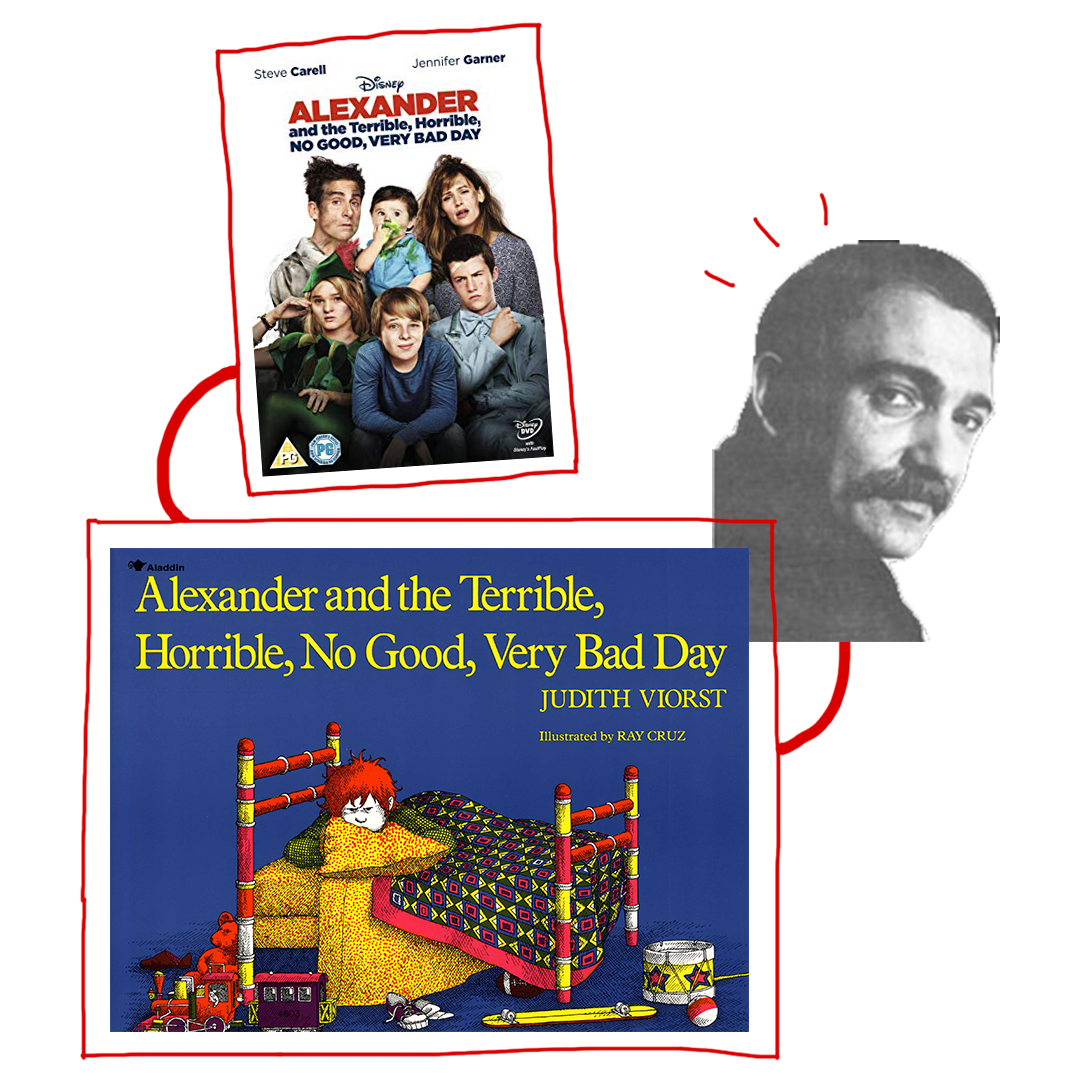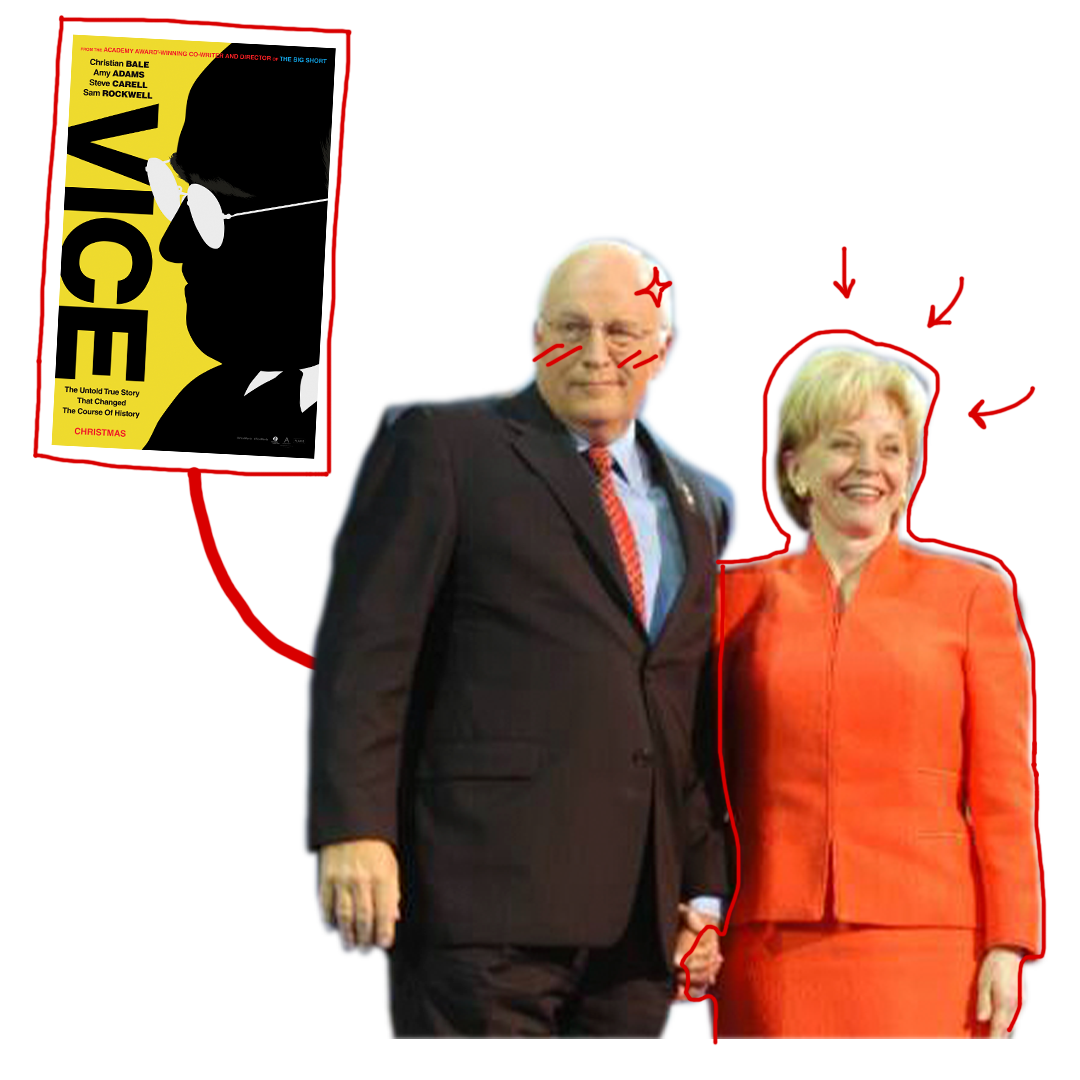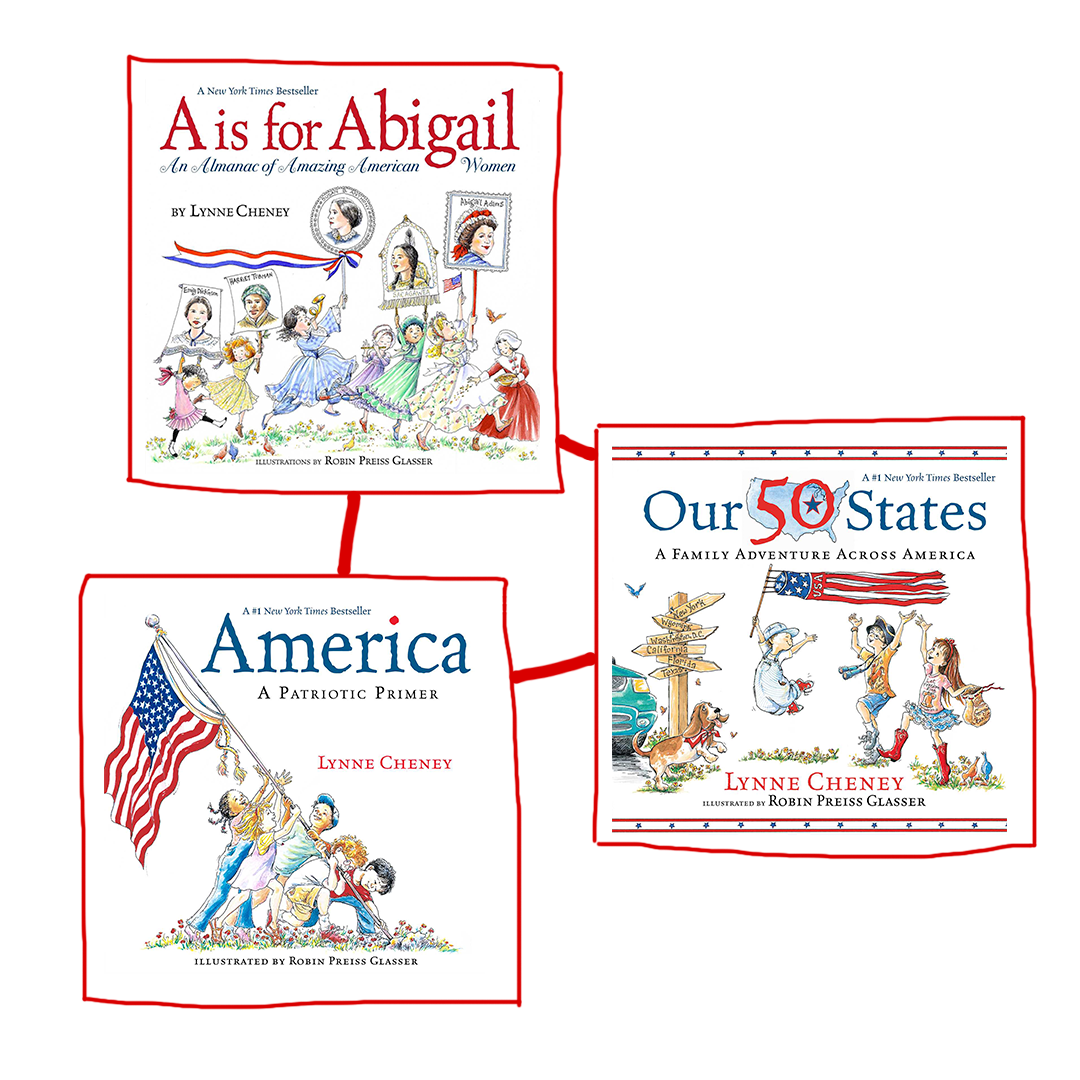A Conversation with
Robin Preiss Glasser
Interview by Malini Chandra
I’m always happy to talk to young people. It’s when the older people who just aren’t really in the whole world of it and working day to day at it, call me and say they have always had a dream of writing children’s books. They always say they tell a bedtime story to their kids and ask if I would illustrate it for them, with no beginning knowledge.

Robin Preiss Glasser in her fabulous Fancy Nancy inspired outfit!
Or how to get into the field, but they don’t even know the first step. I don’t have the time for that.
It was probably the greatest time of my life. I was a professional ballet dancer until I was 30, then I hurt my back and had to do something else with my life. So I went back to school at 30, and I was in classes with 20-21 year olds and was the old lady in the classroom. At the time I was as old as the teachers really. I started mentoring young kids even when I was in school.

Robin went to Parsons School of Design, where I study currently. She was in the Illustration Department while I'm int he Communication Design Department.

Robin peforming ballet. We both have a connection to dance, though her's was in a professional capacity, but we agree that it influences the creative aspects of our lives and allows for a different kind of expression.
I always had a notebook in my hand since I was a little girl, I always drew. From the time I was ten, I took ballet classes after school everyday and I was in the dance studio every weekend. It was like growing up in the military, my work ethic was built into my bones since the time I was 5. I just always loved to draw and go to museums. When I was in a ballet company, and we would travel all around the country, during the day I would go to the local art museum with my notebook and draw. And I could draw naturally, and looking at ballet dancers and bodies in motion, it sears it into your brain. So when I sat down to draw anatomy it was completely easy for me. So having had that movement going on in my head all the time, I’m able to translate whatever's in my head onto the page. So when I went back to school at age 30, even though I wasn’t as trained as a lot of the kids I was competing with at Parsons, because a lot of them had grown up in art programs and were further along than me, I was able to keep up with everybody.
The other thing about being an older student is I really went back to school focused on what I wanted to learn. So while I was in school I knew I wanted to do picture books. So I told the illustration department that I wanted to take mostly classes that would help my goal. I actually did take graphic design classes because I wanted to know how to design the type around the art on the page. There weren’t that many children’s book illustration classes in the syllabus, so they allowed me to go outside Parsons and take classes other places and use those credits back at Parsons. Very often I was taking the adult education at the New School and classes that set into my goal, even though it wasn’t in the syllabus.
I really got the most out of those four years. I was the most obnoxious kid, sitting in the front with the hand up and sucking all the energy out of the teacher. I’m sure half of the students hated me and I guess, some of them didn't. But I didn’t care because I wasn’t there to socialize, I was there to become an illustrator! And I got an agent, my agent of 35 years, before I left school, so I was ready to go.
Well that was a long journey because even though I was ready to go, that didn’t mean that the whole publishing world was going to sit up and take notice. It took another, let’s see, I graduated in 1990 and I got my first book in ‘96. Which was okay for me because at that point in my life I had just gotten married and had my two children. So between ‘90 and ‘95 while I was trying to develop my own style and writing and illustrating my own books and building my name, they were starting to take notice and seeing that there was this hungry girl who just kept bombarding them with work.
My first book was the sequel to Alexander and the Terrible, No Good, Very Bad Day. I had been sending in all these dummies and an art director at Simon and Scheuster paid attention, put my work in a drawer, remembered me, and then when they were looking for an illustrator with the style of the original book (the original illustrator could no longer illustrate), they called me up and asked me if I would do it.
It’s actually a funny story, I was on the way to the hospital to have my second child when that project came in.

The original Alexander and the Terrible, No Good, Very Bad Day. This was in most elementary teacher's classrooms, but I more distinctly remember the movie adaptation with Steve Carell.
On the way to the hospital I made my husband pull over to the library to grab all of the books by that illustrator so I could study the style while I was in the hospital.
I got out of the hospital and they said to me that they needed 3 samples in a week, and I said “Well I have this little problem, I’m about to have a baby.” And they said, “What can you do?” So I got it to them and got the job. I was never going to let anything get me down. I’ve constantly had these little hills to climb over my whole life and I just barrel through them.
It was actually because of the second book I did. I did a series with my sister called “You can’t take a balloon into the Metropolitan Museum” and I won an award for that. That was more in a style that was my own. That gave me more attention. Then I did three books with Lynne Cheney who was married to Dick Cheney, the vice president under George Bush, which was a whole other fascinating story because I’m a New York liberal Democrat. But it was fantastic, it was eight years at the White House. That was interesting.
While those books were coming, I was then getting wider attention. So when the fancy Nancy manuscript was sold to HarperCollins, the editor who bought it knew about me and for some reason decided that I was gonna be the one to do the series. They contacted my agent, my agent called me, and I was in the middle of these three very heavy, pressured historical books with Lynne Cheney, and along comes Fancy Nancy, this silly stupid story, and I thought I’ll just quickly do that because it seemed so easy and such a refreshing change from all this heavy work I was doing. It looked like I could do it in my sleep, and I literally did it in my sleep.
I was working on character studies, trying to develop “who is this Fancy Nancy, what does she look like?” I was at my drafting table just sketching away with my son, running vocabulary words with him. “Unfathomable, how do you spell that, what does it mean.” and then he would do his thing and I would draw a few lines. So my unconscious was drawing while my brain was half-split with my son. Which is always how I did everything. I was a single-mom for a while and doing this work. At the end of this vocabulary list, I looked down at the image and thought, “there’s something there.” So I painted it all in and mounted that character sketch on sparkly pink paper, and I sent it into HarperCollins and that became the first cover.
That was the beginning of everything, and it just sort of went from there. It was completely easy, natural; she just came out of me without any effort.

Robin's book that she collaborated on with her sister.

Lynne and Dick Cheney. Personally I had only learned more about Dick Cheney from the 2018 film VICE, so this was an interesting connection to make.

The historical books Robin created in collaboration with Lynne Cheney.
The easy work. I feel very lucky to have worked on it for 15 years. It was like working on a sitcom, in that you know who the characters are and just move them around in space and have dumb stuff come out of their mouth. You make them wear dumb clothes and you know their entire world already. It was so much fun.
It came from everything I’d ever seen or learned. It was the culmination of the pop culture of everything that was in my brain. And also it was because I could take from the world; it wasn't fantasy where you had to invent everything or history where you had to really look up every detail. There was so much that I had to do for the history stuff that I could just be aware of what was going on. So for instance, when I went to draw Fancy Nancy’s room, Pottery Barn had just issued a catalogue, and they were making hot pink leopard print everything, so I slapped that on the bed! But you know to make her canopy bed, she used a mop and a broom, so I could just look around the house and see if I were building this from stuff that was out in the world, what would I do. There’s a book where Fancy Nancy takes JoJo to the moon, and I wanted her to put on an outfit. So I took a colander and put it on JoJo’s head and took a pillow and wrapped it around her stomach with a ribbon so she looked all padded. And then she was dragging a vacuum cleaner because it looked kind of space age; you know just dumb stuff around and put it together to make it look like they made it themselves. It was so silly and fun. I loved using plungers and toilet cleaners, or a whisk.
You know, we worried about that back when they invented the Kindle, and everything was going to go digital. Our whole generation was afraid that people wouldn’t buy physical books anymore. And for five minutes people didn’t buy physical books anymore and it sort of became trendy, and then people realized that they really just like a book. But you know we always have to still create content, so whatever form we’re developing that content, it doesn’t matter what platform it’s going out on. So it didn’t really affect me as much as the publishers trying to scramble to see how they could make money off of us. How were they going to make money if our content was going to be on YouTube or the Internet? They figured that out, but at the beginning everyone was hysterical that computers were going to make them lose their money.

This is Fancy Nancy's character on her show on Disney Junior. While I did watch Disney Junior for a brief part of my childhood, the style has changed even more since I was a kid to be more 3D, fuller animation with even more nuances in facial expression and movement.

The original Kindle looks a lot like a calculator. Clearly they still had a long way to go before the tablet.
No, and to my detriment. I am too old to change what I do, plus I really like how I do what I do. It would be so much better and easier if I would just take some serious classes and learn how I could better move some of the stuff I’m drawing onto the computer instead of the old fashioned way I do it. But you know, I’ll be dead soon and you guys can take over for me, I don’t need to go through that. As long as people are still hiring me to do it my old fashioned way, I'll just continue doing it. But all the people who are just 20 years younger than me, the group of up and coming fabulous illustrators, they’re all doing it on the computer. In the beginning the computer-generated stuff was way too stiff, and now I can see how it’s just unbelievable what people are coming up with. There’s a Japanese illustrator who does exactly what I do, but she puts it into the computer and enhances it with light. And I thought, if I could do that, that would be amazing. And it’s something that makes my watercolors just kind of sit there. She’s bringing magic to her watercolors that I wish I could do, so I finally see that if I would take the time to learn it, my work would be better.
Yeah. And my question is how much of the hands-on line work will be required down the road 40 years from now when everything is being done on the computer. That’s the part that I love the most, I don’t love the coloring it with paint, that to me is just tedious.
Going to the Disney studios to see them turning my flat two-dimensional images into three-dimensional characters was incredible. What they did is they created a puppet on the screen, then they take a wand and they can move any point on the face to make Nancy smile, and they can turn her digitally 360 degrees. It’s so fascinating how they do it. Whereas I have to draw every time I shift her, move her, or make her leg kicking out. I have to redraw the whole damn thing, whereas they can just hit a button and the thing moves.
I try to please the child inside of me. I think what I learned the most in those six years between school and making my own books, is trusting my taste. Saying I know when it’s working and not working. Kind of like with Fancy Nancy, while I was running vocabulary words with my son, I knew when I looked down at that page, that sketch over the 40 sketches from before, something I had pulled off was the one. That confidence, of trusting yourself, is the most important thing you have to pay attention to.
With children’s books, I’m just a cog in a machine. The author has written the words that I have to illustrate, and then I have an editor, the sales department and the art director and everything. This one time, it still kills me, that I didn’t stick up for myself, it was for a terrific book called “You Made me a Mother” about a mom’s love letter to their child. The final line was “I made you, but you made me a mother.” Because I was in the middle of Fancy Nancy at the time and the mother had dark hair, they told me to make this mother blond, they wanted her to look nothing like Nancy’s mother. And I think when I developed the character, I had her have dark, curly hair or something, and they just wanted something completely different. And at one point I even said let’s go black or Hispanic or something, and they said no, let’s just do blond. So I made a blond mother and a blond baby, and it came out around the time when everything was about diversity. And every review said “well, she’s very white!” And plenty of people commented about how Barbie doll-chic she was, and I just wanted to kick myself.

The book "You Made Me a Mother", which lacked in diversity but was still impeccably illustrated.
Yup. There’s always gonna be something, and someone, and some mistake. But you do have to work with people and please them. I do listen to everybody, but I try to stick up for myself as much as I can. You try to make them happy within the bounds of making yourself happy.